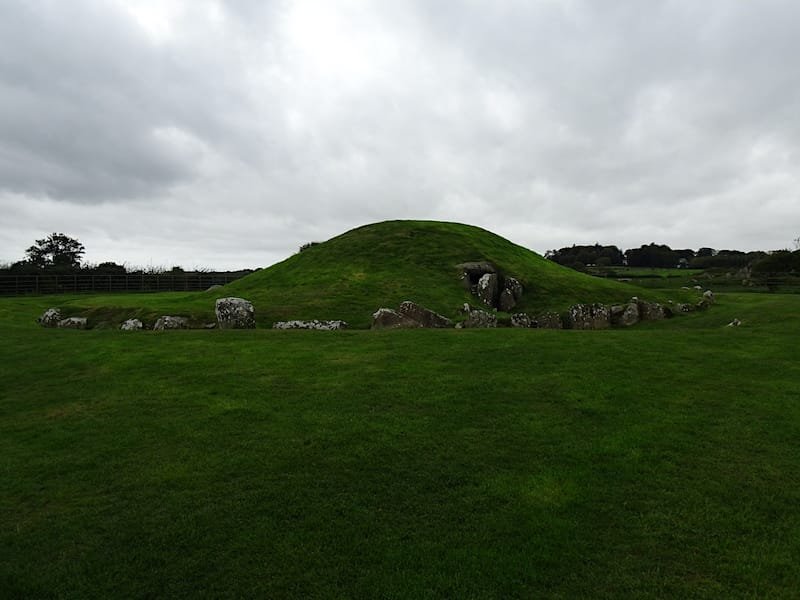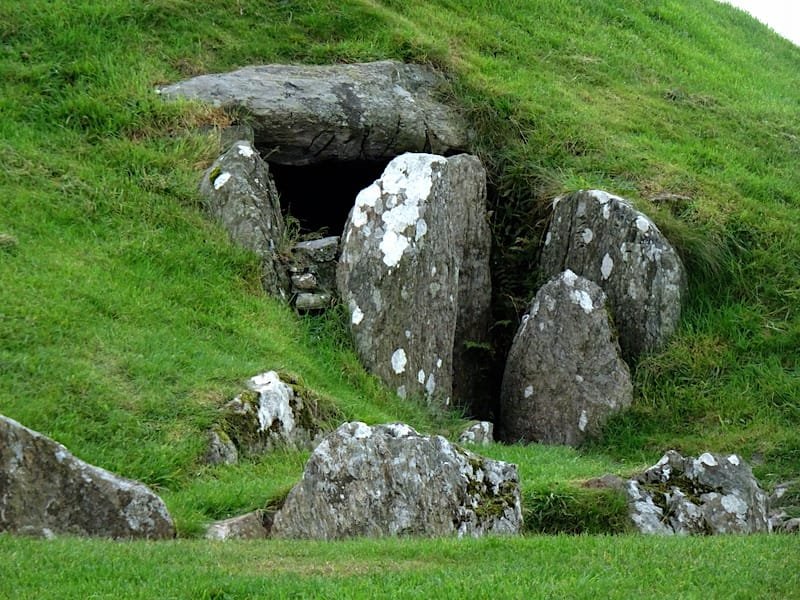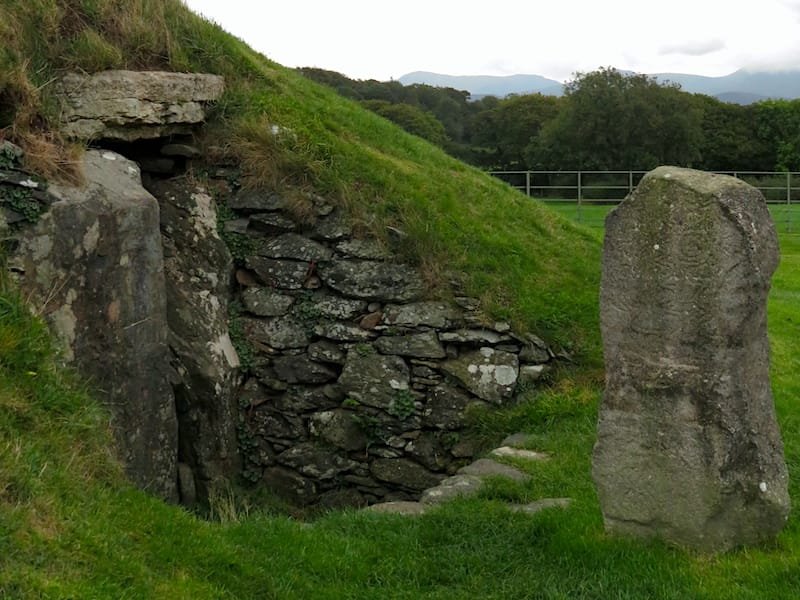Bryn Celli Ddu
Excavated in 1929, Bryn Celli Ddu is one of the most iconic neolithic landmarks in North Wales. This impressive chambered tomb was partially renovated in modern times to reflect its original state as closely as possible. Possibly the most poignant point about Bryn Celli Ddu’s design is that the entrance passageway is lined up with the rising sun on Summer Solstice. At dawn on this day the sun’s rays light up the inner chamber.
Now in the care of Cadw, this enchanting site is reached just a short walk from the roadside car park which has enough space for around half a dozen vehicles. A well maintained path alongside a trickling stream leads one to the chamber, now surrounded by agricultural land. The pathway is closely bordered by hedges on both sides which increases the sense of intrigue as one approaches the burial chamber. Unlike many of the UK’s neolithic structures, one immediately gains a sense of how the place was originally meant to look due to the sympathetic renovation works.
It’s commonly accepted that Bryn Celli Ddu holds not one but two neolithic structures. The central burial mound is surrounded by an older henge – a circular ditch 21m in diameter with a ring of large decorative boulders. The traditional passage tomb in the central mound is thought to have been constructed at a later date, possibly suggesting the site had some kind of spiritual significance that was passed down through the generations. The name translates from Welsh to English as “the mound in the dark grove”.
The patterned stone is a monolith standing stone to the rear of the chamber itself. This rock features carvings clearly made by human hands and was found lying down on the first excavation. The original stone is now in the care of the National Museum of Wales and an exact cast of it stands at Bryn Celli Ddu. Inside the tomb is another upright standing stone, rounded in appearance and not tall enough to support the capstone ceiling, suggesting it was placed there for reasons other than structural.
Offerings
When Bryn Celli Ddu was first excavated and documented the archaeologists discovered sea shells and other trinkets left in the chamber. This tradition continues today, with many visitors leaving shells, bunches of flowers and incense.
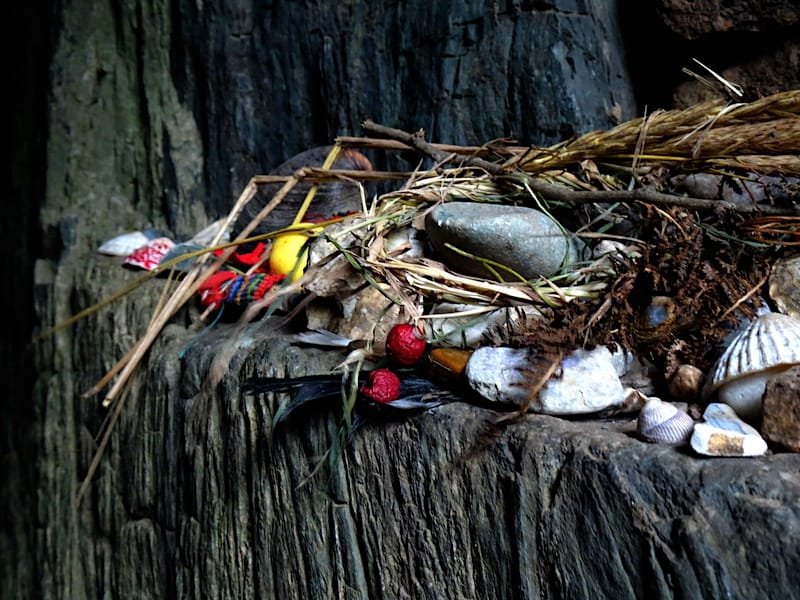
Mountain View
Standing on top of the burial mound provides one with a staggering view of the Carneddau range of mountains across the Menai Straits on the mainland. Carnedd Llewelyn is the highest peak outside the Snowdon horseshoe and takes centre stage in this spectacular vista.
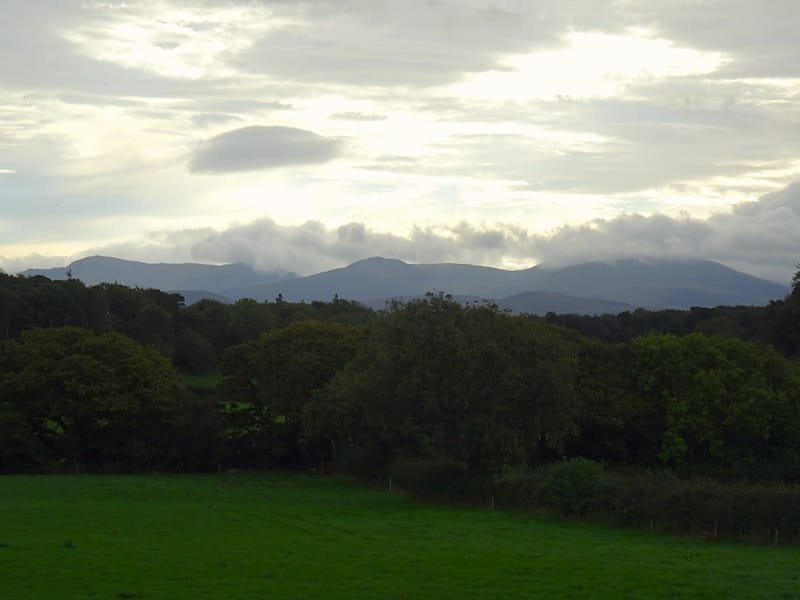
Visit Bryn Celli Ddu
Parking is nearby in a Cadw maintained car park, with a short, reasonably flat walk to the chamber. The site is unmanned and open to the public at all times, although check the Cadw website for the latest news and updates.


